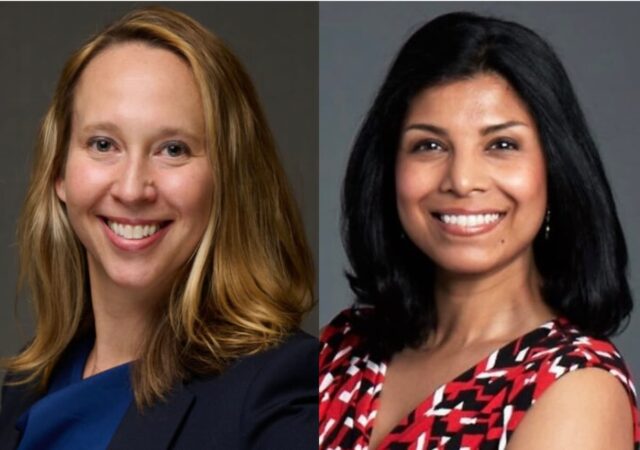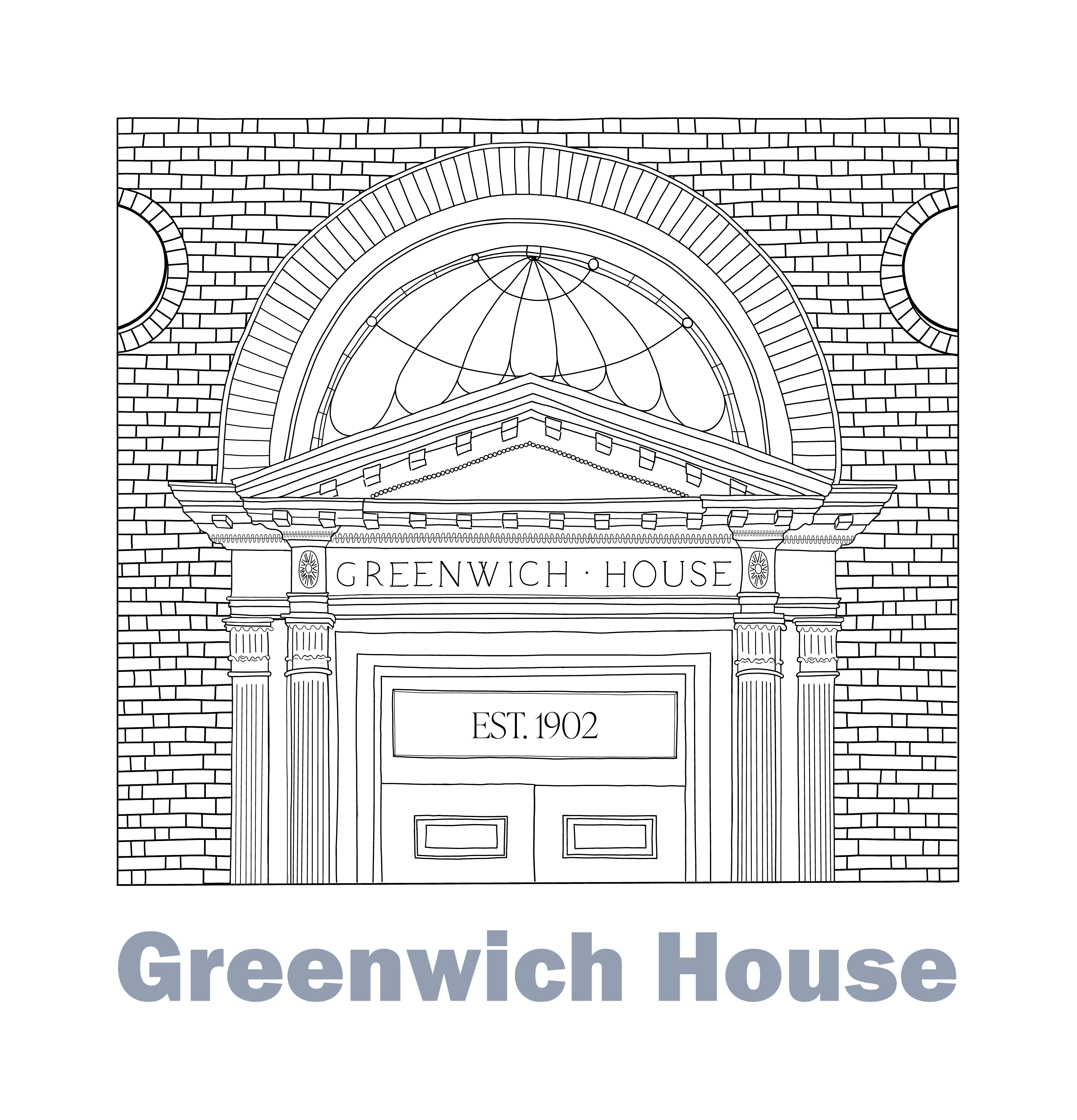Addressing the Dual Epidemics of Hepatitis C and Opioid Use
by Sara Lorenz Taki and Lipi Roy
Originally featured in STAT News
 Hepatitis C and opioid use disorder are both chronic but treatable conditions. Yet many Americans living with this deadly combination aren’t offered treatment. Imagine going to your doctor with strep throat and instead of being prescribed an antibiotic you are told it isn’t urgent and you can wait to treat it.
Hepatitis C and opioid use disorder are both chronic but treatable conditions. Yet many Americans living with this deadly combination aren’t offered treatment. Imagine going to your doctor with strep throat and instead of being prescribed an antibiotic you are told it isn’t urgent and you can wait to treat it.
A solution is within reach: It starts with recognizing the power of integrating hepatitis C treatment with addiction care.
People with hepatitis C (HCV) and substance use disorders are often marginalized in traditional medical settings. These individuals are at much higher risk for liver cancer, liver cirrhosis, liver failure, and premature death, as well as diabetes, kidney disease, thyroid disease, and autoimmune disorders. All of which beg the question: In a country with more than 2,000 opioid treatment programs and more than 17,000 addiction treatment centers, why aren’t these health facilities providing broader access to a cure for the nation’s most common blood-borne infection?
We believe that addiction treatment facilities are the perfect delivery system for HCV treatment. In fact, they could lead to total elimination of hepatitis C for up to 3.9 million1 nationwide, and even more globally. Stigma, however, is a major barrier to increased prescription of HCV treatment. Currently, there are 48.7 million people in the U.S. aged 12 or older2 diagnosed with an SUD. Most new HCV infections occur in people who inject drugs. Despite an abundance of scientific evidence showing high rates of cured HCV in people who inject drugs, medical providers mistakenly assume that people with SUDs will not take their medication correctly, do not care about their health, are not ready to treat their HCV infection, and those who are ready must stop using drugs completely to start treatment. Data3 findings do not support these assumptions. In fact, multiple studies4 show that being cured of HCV improves overall health and reduces transmission. Unfortunately, while 80%5 of people who use drugs want to be cured, only 1-2%6 receive treatment annually. This is an appalling health inequity that must be addressed if there is any chance of eliminating this curable infection.
Read the full Op-Ed on STAT News.
For more information about the Center for Healing, please visit greenwichhouse.org/cfh
